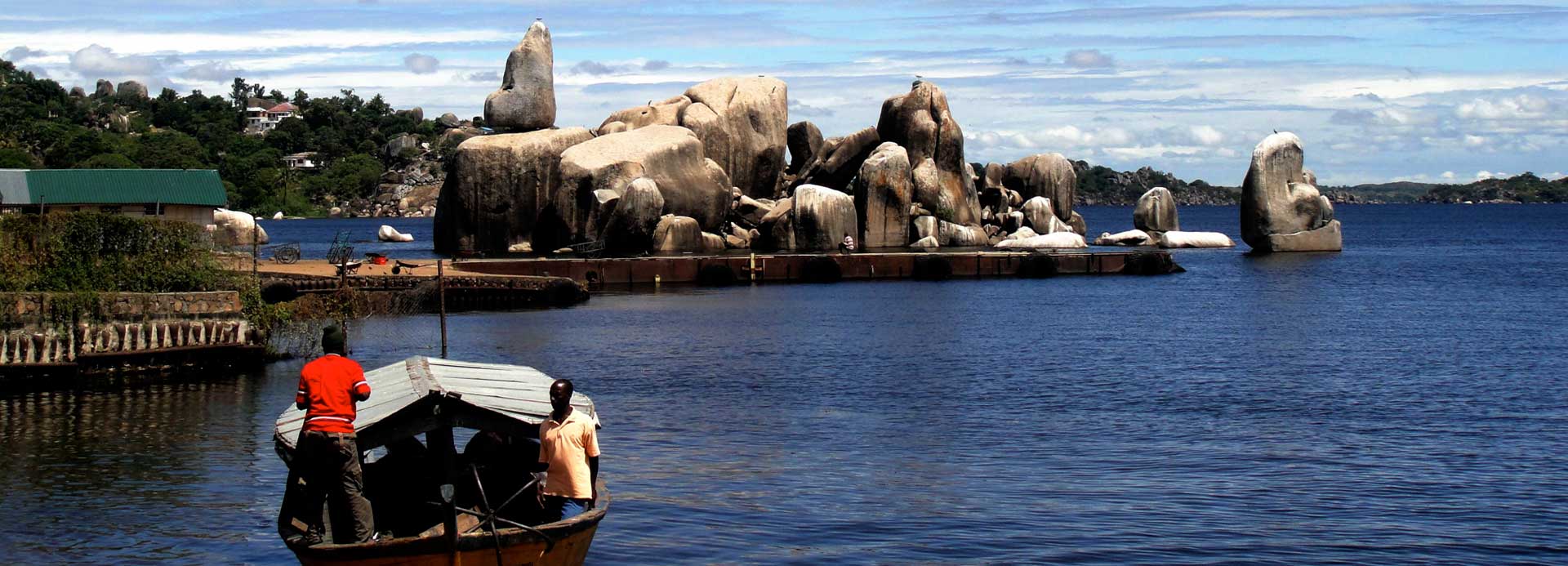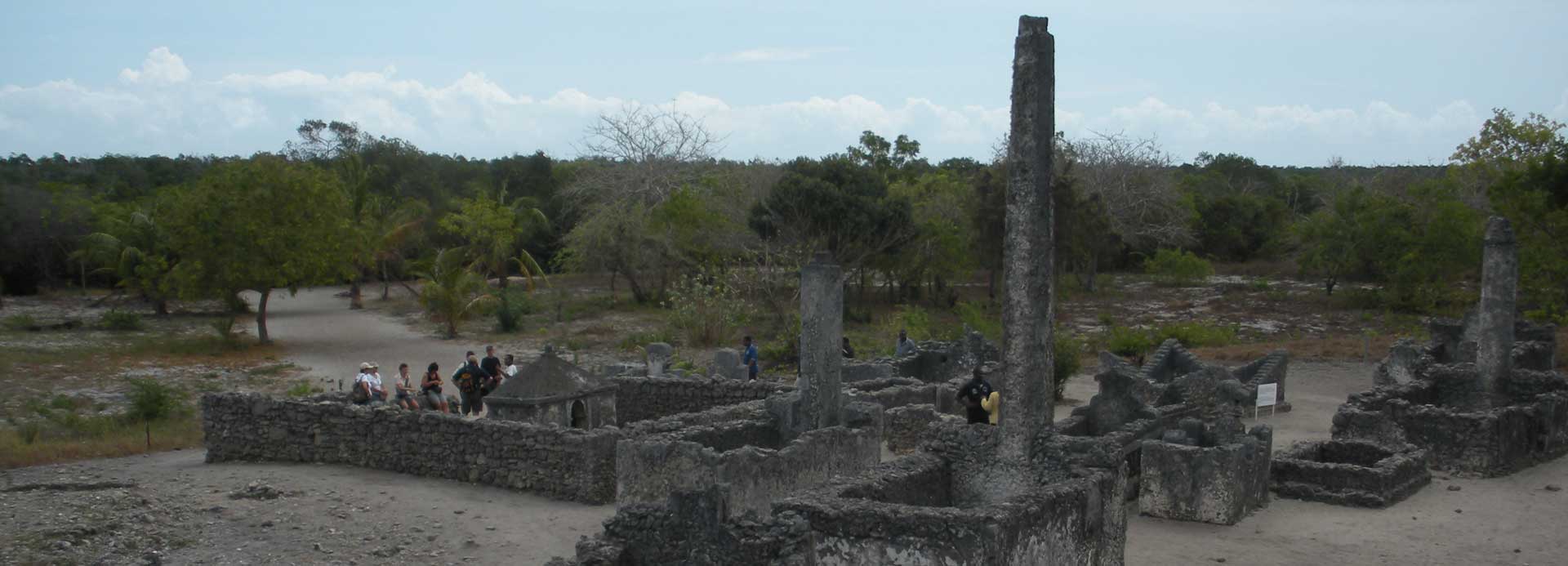Can images really show the beauty of wild animals or the colors of an African sunset? Exceptional photographs give you a glimpse of nature. But even these excellent images don’t show all that’s out there. We can simply try our best.
By avoiding these mistakes I transformed the outcome of my photos.
Bad Backgrounds
Calm yourself.
I know you’re excited about the subject of your photograph. But the subject is surrounded with other features.
If you don’t take them into account you’ll regret it.
A busy background can attract attention. Whoever views the image may not even notice what you want him or her to see.
Make sure branches and grass don’t steal attention away from your subject. Because of positioning it may seem as if a branch is growing out of a lion’s ear. That’s not what you want people to focus on. Adjust your position or distance so your background complements the rest of the image.
Impatience
If you don’t have patience yet animals will help you discover it.
Wildlife models follow their own schedules and minds. You can’t tell them what to do.
Patience links with expectation. If you think you’ll capture the perfect image you’ll often be disappointed. The greatest photographers know it takes time.
You may have to camp out if you really want an exceptional photograph. Pitch your tent and wait for:
- The perfect sunset
- The animal feeding a baby
- The animal being killed
- The bird flying at an angle that gives you a great shot
Are you prepared for this much effort?
Lack of Respect
Humans have a responsibility to look after nature. Not all of us take up that responsibility.
As a photographer who uses natural spaces you should respect your outdoor office. Make sure you don’t leave residue such as litter or other garbage.
Your choices determine whether others can enjoy the same beauty in future.
A Tiny Subject
It’s tough to approach a wild animal – they are easily spooked. Because of this, many wildlife photos have more wilderness than wildlife, with the animal becoming a tiny speck in its environment. This can be effective in some situations, but for the most part you want the animal to be large enough in the frame to see the detail in its eyes. This is where a good telephoto lens can really help you out. Using a long focal length (over 200mm) will allow you to keep your distance while still filling the frame.
The Missed Moment
We’ve all been there. You see the perfect shot, frame it, and hit the shutter. But by the time the camera focuses and the exposure is made, the animal has moved and all you end up with is the second after the perfect shot.
There are two ways to avoid this heartbreak:
Anticipation
This is a skill that can only come with practice and a keen eye. If you can learn to see when the perfect moment is about to happen, rather than when it is happening, you can hit the shutter right before the peak moment and cause the camera to snap at just the right time.
Continuous Shooting
When animals are in motion, you’ll get the best chance at a good result by using continuous shooting mode (also called “drive mode” or “burst mode”). With this, you can take several images per second and choose the most successful.
Higher-end DSLRs and mirrorless cameras will have a much faster maximum shooting speed, but no matter which camera you have, there are a few things that will help get the highest continuous shooting rate.
Animal Attack!
We don’t call it “wildlife” for nothing – the biggest mistake you can make is accidentally getting mauled. Animals are not adjusted to polite society, and can be pretty rough customers if you catch them at the wrong time, or in the wrong way. They spend most of their waking lives foraging for food, and a spat over a meal can turn ugly, fast. Never get in the way of lunch, unless you want to take its place.
Don’t approach a wild animal directly, and if they see you, avoid looking them in the eye. This is usually a sign of aggression. If you need to get closer, keep low and move in a broad zig-zag pattern to avoid frightening the animal.
Be aware of when mating season (or “rutting season”) is for the type of animal you’ll be photographing. Male mammals are full of testosterone at this time of year, and can be aggressive, violent, and very dangerous. Avoid photographing at these times. Similarly, find out when animals are likely to be giving birth and raising their young. We all know how risky it can be to get in between a mama bear and her cubs. Whenever you’re dealing with wildlife, always remember that any creature can be dangerous when provoked, and it’s very important to treat animals and their habitat with the utmost care and respect.
Blurry Image
Blur comes in many forms. Your entire image could be blurry due to camera shake; a problem which is magnified by the longer focal lengths needed for wildlife photography.
In landscape photography, using a tripod is a good technique to prevent camera shake, but a tripod is not as practical when photographing wildlife. Wildlife photography requires a more active shooting style – you’ll be moving around constantly – so unless you are using a lens that is too big to hold comfortably, forget the tripod. Also, because the animals are always in motion, you’ll need a fast shutter speed anyway. That leads me to the first method to combat camera shake blur: using a very fast shutter speed.
In landscape photography, you normally use a shutter speed that is at least 1/focal length of your lens. But usually that isn’t going to be fast enough when photographing wildlife because the animals are always in motion (even when they appear to be standing still). To avoid disappointment, you’ll need to use a much faster shutter speed to freeze both your own motion and the motion of the animal. Here is my rule of thumb when photographing wildlife: if the animal appears to be still, use a shutter speed of 1/500th of a second. If the animal is moving, you’ll have to adjust the shutter speed based on how fast they are moving. I suggest a minimum of 1/1,000th of a second, or faster if the animal is moving faster.
Lack of Knowledge
Professional photographers study their subjects. It’s the only way to showcase the best features. This applies to children, food and buildings.
If you want exceptional wildlife photographs you must know what’s coming.
Animal behavior is unpredictable but you can learn traits and general features:
- Which animals love sun bathing?
- What time of the day do animals feed?
- What trees attract the most birds?
These answers tell you where and when to sit & wait—yes patience—for the perfect shot.
This may also save your life. If you’re not accustomed to working with wildlife you may take too many risks. Wild animals’ unpredictability may result in dangerous situations.
Do you know:
- What a safe distance is
- How animals act when they’re frustrated
- What they will do to protect their young
Make sure your lack of knowledge doesn’t bring harm to you or others.
All the best to the African wildlife.
what mistake you experience on wildlife photography?
blog Courtesy by: John Stuart and Anne McKinnell







